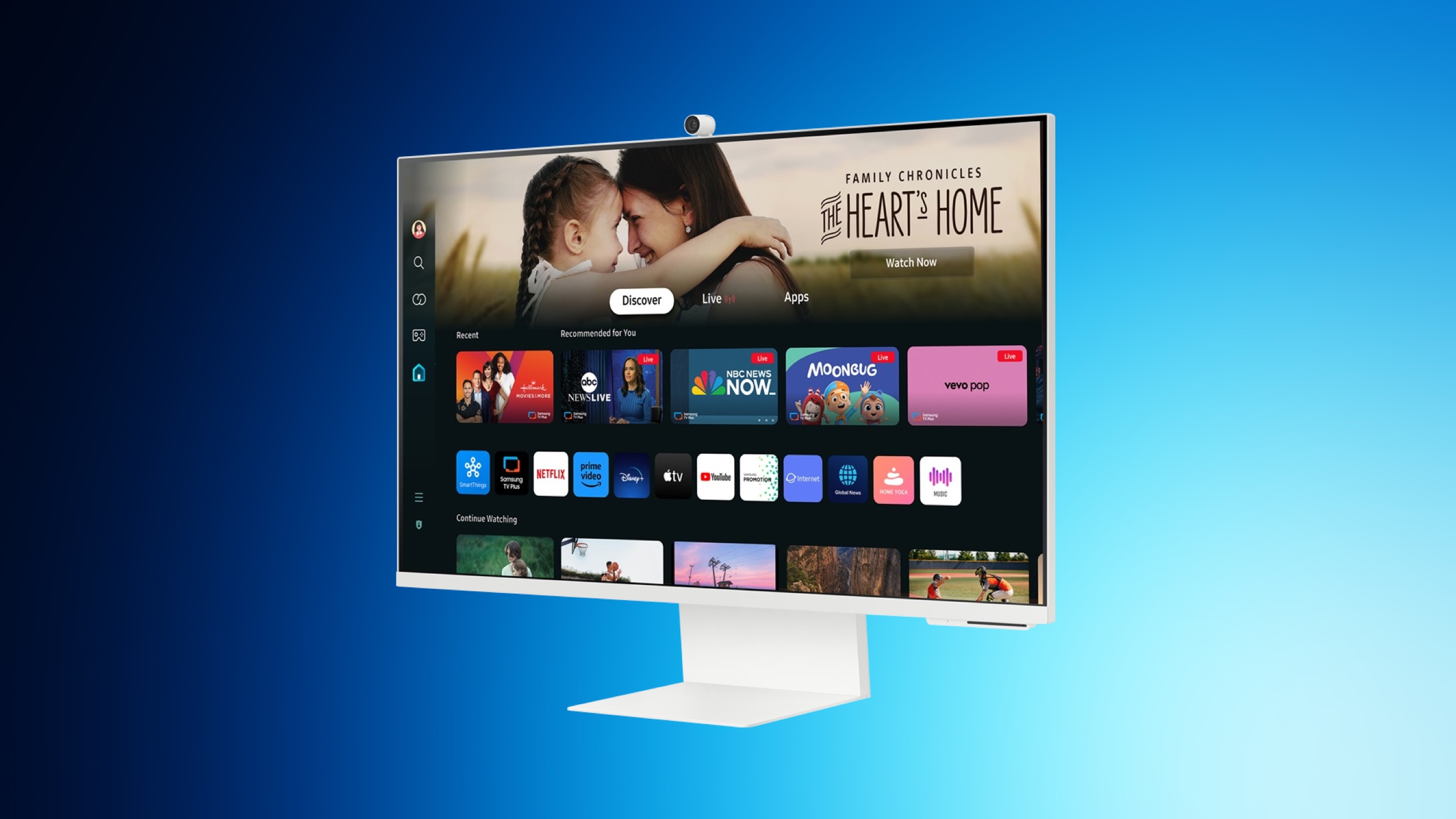The new Canon EOS R100 is all out of touch with beginners
Canon’s RF-mount mirrorless camera range has just welcomed a new entry-level model, the Canon EOS R100, that sits below the Canon EOS R50. Think of the EOS R100 as a modern-day Canon EOS 2000D, which is Canon’s cheapest DSLR camera.
At its heart, the EOS R100 is a stripped-back version of Canon’s DSLR-style Canon EOS R50 with a lower list price, and the same 24MP APS-C crop sensor that has been around for many years. That means it could be a great option for those on a limited budget who want Canon’s excellent image quality.
Naturally, concessions have been made from the EOS R50, so let’s take a closer look if the overall package makes more sense, asking: is the EOS R100 what beginners need?
Canon EOS R100 price and release date
$699 approx / £669 / AU$1,099 with the RF-S 18-45mm lensNo body only price yet
The EOS R100 sits at the bottom of Canon’s mirrorless range of cameras and as such it is the lowest-cost model, at $699 (approx) / £669 / AU$1,099 with the RF-S 18-45mm lens. At the time of writing, we don’t have a body-only list price, but we can confirm that there will be a twin-lens kit available at least in Australia for AU$1,399.
For an extra $250 (approx) / £230 / AU$400 you can pick up the EOS R50 instead to get a few more powerful features. Canon cameras don’t come cheap, especially compared to other leading brands, and even as the lowest cost model, beginners can only hope the EOS R100 will come down in price.
List price is not the biggest issue, though. Let’s take a look at the design choice and difference in features between the two cameras.
(Image credit: Future)
Canon EOS R100 specs and features
24MP APS-C sensor4K video has a 1.55x cropLightest RF-mount cameraNo touchscreen
The EOS R50 and EOS R100 are virtually the same size and form factor, making them the smallest in Canon’s range and positively miniscule for cameras with an APS-C sensor – a sensor size that positively dwarfs the sensors found in flagship smartphones.
In fact, at 356g including battery and card, the EOS R100 becomes the lightest RF-mount camera available, although in real-world use the difference from the EOS R50 is negligible. These cameras are for small hands and best paired with small lenses.
Sensor: 24.2MP APS-C CMOS sensor
AF points: Dual Pixel CMOS AF covering 88% of the frame
Video: 4K up to 25fps with 1.55x crop
Viewfinder: 2.36m-dot EVF
Memory cards: SD, SDHC, SDXC
LCD: 3.0-inch fixed screen, no touch 1.04m-dot
Max burst: 3.5fps / 6.5fps
Connectivity: Wi-Fi, Bluetooth, USB-C
Size: 124.0 x 71.1 x 59.7mm
Weight: 356g (with battery and SD card)
We’re not sure that a DSLR-style design was the right choice for the EOS R100. Canon was more switched on with its M-mount cameras and the most logical design for an entry-level RF-mount camera would have been in the spirit of the EOS M200: a vlogging-friendly compact-style camera with flip-up screen. That’s what the EOS R100 should have been, but perhaps that camera is in the pipeline.
What is more head-scratching, though, is the design of the EOS R100’s LCD screen. And that’s not a misprint – it’s a fixed screen that is not touch sensitive. This is a camera for beginners and a smartphone generation – that has a fixed screen with no touch function whatsoever, just like the EOS 2000D.
Conversely, the EOS R50’s screen flips around for selfies and is touch sensitive and even the EOS M50 cameras do the same. If price wasn’t a deal breaker, then the design and screen probably will be.
(Image credit: Future)
(Image credit: Future)
(Image credit: Future)
(Image credit: Future)
(Image credit: Future)
(Image credit: Future)
(Image credit: Future)
(Image credit: Future)
(Image credit: Future)
(Image credit: Future)
Canon bills the EOS R100 for beginners whose primary focus is photography, but want to shoot the occasional video, hence the DSLR-style design with the same 2.36m-dot viewfinder as found in the EOS R50.
It does have 4K / 25p video, but with a 1.55x crop. Slow motion video up to 120fps is limited to 720p resolution. These specs match the EOS M50, in fact, and are pretty dated now, especially when you consider that the EOS R50 shoots 4K video oversampled from 6K, with no crop.
To stabilize video clips there’s electronic stabilization only, and that brings a further crop to what is already heavily-cropped 4K videos. In short, you can’t use the EOS R100 for wide-angle 4K video.
Phase detection Dual Pixel CMOS autofocus is on board, with the AF points covering 88% of the image area. It’s the more basic version of Canon’s current day autofocus, but highly effective nonetheless, and includes subject and eye-tracking AF.
Beginners will need to rely on the EOS R100’s effective AF because its design does not easily allow for manual selection of the AF points. For video, the EOS R100 is limited to contrast detection AF, which is much slower and less reliable, and another strike for video creation.
Concessions have been made across the board in the EOS R100, too. Continuous shooting is limited to 3.5fps with continuous AF or 6.5fps with single AF. For perspective, the EOS R50 shoots up to 12fps (or 15fps with the electronic shutter). Overall, the feature set is really dated.
(Image credit: Future)
Canon EOS R100 first impressions
The tech inside the EOS R100 is very similar to the EOS M50, a camera that is now five years old. Photo quality is a proven entity and will be the highlight of the EOS R100, but 4K video is limited in almost every way.
What’s more, the non–touch sensitive fixed LCD screen is super limiting, and we can only assume it’s a choice that’s been made to distinguish the EOS R100 more from the EOS R50.
While the EOS R100 feels like a M series hangover, it does feature Canon’s latest RF mount and this is the system that Canon is investing in today. There’s still no guarantee of more crop sensor RF-S lenses on the way, but Canon did launch its lightest full-frame lens yet – the RF 28mm F2.8 pancake lens – on the same day as the new camera, and is a brilliant pairing for an entry-level camera.
Overall, we wish that the EOS R100 was a spiritual successor to the M200 – a camera that might be in the pipeline, too, and would probably render the EOS R100 obsolete – rather than a feature-light EOS R50. On the face of it, the photography-first EOS R100 isn’t a camera that we would sensibly recommend.







